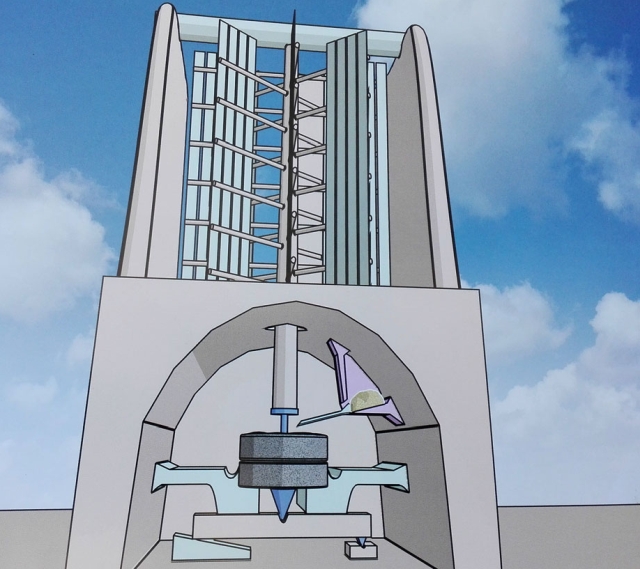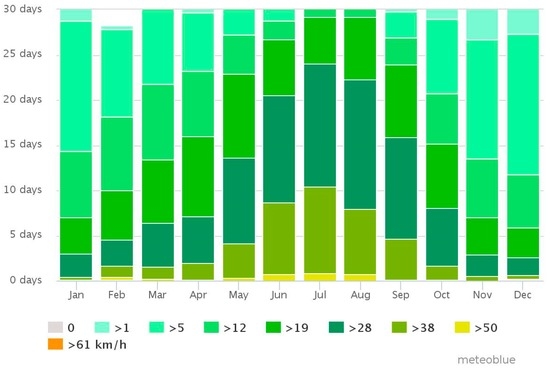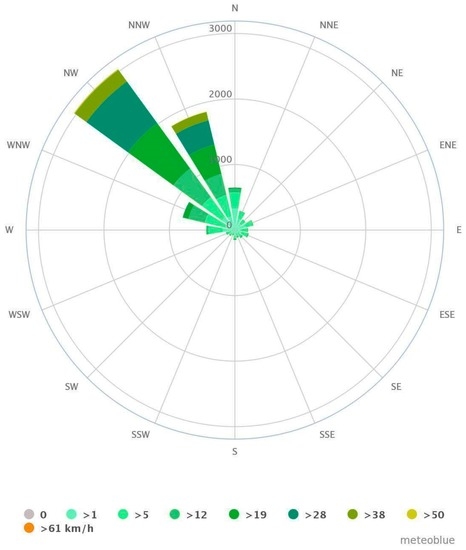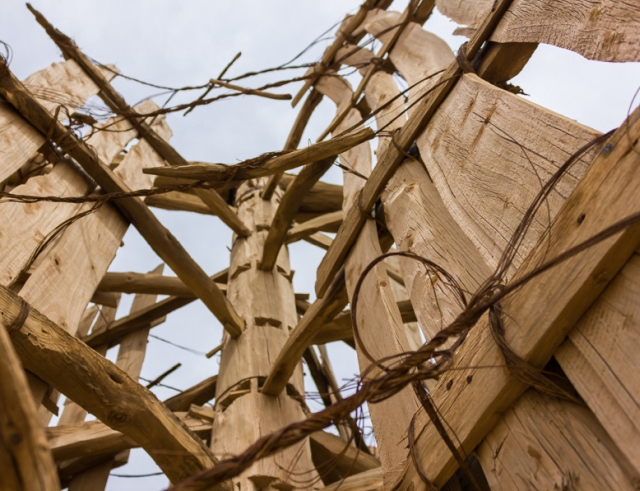Vertical Shaft Windmills
Vertical Shaft Wind Mills - Iran
source personal visit by Earth Science Australiahttps://en.wikipedia.org/wiki/Wind_of_120_days
there are some images used from sites in farsi that could not be transliterated
http://www.mdpi.com/2071-1050/9/5/749/htm
History
The Sistan Wind
Design
see also
Qanats - re-directing underground water in Iran...
see
also Wind Towers - passive cooling in Iran...

History
Vertical shaft windmills have a history in present day Iran dating back perhaps as far back as 5000 years BP
Nashtifan windmills are located in Nashtifan, 18 km away from the south of khaaf, 270 km away from the south of Mashhad in Khorasan Razavi province,
at E60,10.492 , N34,25.914 , h=875 m above the sea level.

The Sistan Wind
The Sistan Wind is a strong Summer wind that blows from late in May to late in September in the east and southeast of the Iranian Plateau.
It's known as wind of 120 days because it blows for four months.
In summer, especially in the 120-day period between June and September, strong northern winds known as “120-Days Winds” affect the region, passing Hamoun Lakes and spreading their humidity across Sistan.

These winds are the most important climatic feature of the region, blowing at an average speed of 9 m/s pretty near the ground (Figure 14), conveniently passing the lakes on their way to the populated areas in the southeast parts of the region (Figure 11) [43] the direction of these winds is north-west to south-east
The usual speed of the wind is around 30–40 km per hour or less, but seldom it can exceed 100–110 km per hour.
The direction of the wind is fairly constant.

According to the ruins in Shahr-i-Sokhta and Dahaneh Qolaman hill, using windmills in the east of Iran backs to over 5000 years ago.
Some wind mills are still active in some areas in Sistan, South Khorasan such as Nehbandan and Khorasan Razavi like Nashtifan.
According to the antiquity of the windmills in the east of Iran, it is known as the symbol of technology in ancient Iran, that they started to use the wind power, which has been followed in the east and the west of the world.

In 1976 the World Heritage significance the 34 windmills had not yet been recognised. The windmills were in ruins with only one in semi-working order.
By 2017 of 34 windmills in Nashtifan that 5 of them are in working order. They are located on top of the hills in the city that overlook the old cemetery of the city which can get the maximum of the wind power.
Nashtifan windmills back to Teymouriyan dynasty that as they have been used constantly, they have been maintained, repaired and fixed continually.
Design
The windmills consist of a vertical un-geared shaft supported at the top. This directly turns a large stone mill wheel. A metal shaft set into the lower mill stone supports the shaft from below.The millstones are protected by a bunker-like, thick mud brick room with a thick and tiny very solid door.
When turning the virtually unlubricated shaft makes a loud squeeling noise but this is generally drowned out by the noise of the intense uni-directional Sistan Wind.
The external enclosure directs and concentrates the wind onto the blades which are constructed of planks and were, in the past, covered with woven mat material.

There are no trees for a very long way to the location of the windmills. The wood that has been used in there construction has been oft-used and in many cases appears very ancient.
Dendrochronology of the wood used could prove quite illuminating in determining provenance, species and the regional climate over the past 5000 years
The vertical axle of these windmills transfers the power directly to the stone. This requires very strong winds especially for start-up.
Due to their simplicity most power is directed to the shaft and in this respect they are likely reliant on strong winds but more efficient than the geared European and the western windmills.

The wind originates from the central deserts in Iran and blows toward Sistan and Baluchestan Province. It's hot and carries abrasive sand and particles.
This wind together with a high temperature is a cause of intense evaporation of sheets of water in Sistan

Grinding stone detail - one can image the enormous strength of the wind needed to start this stone moving.

